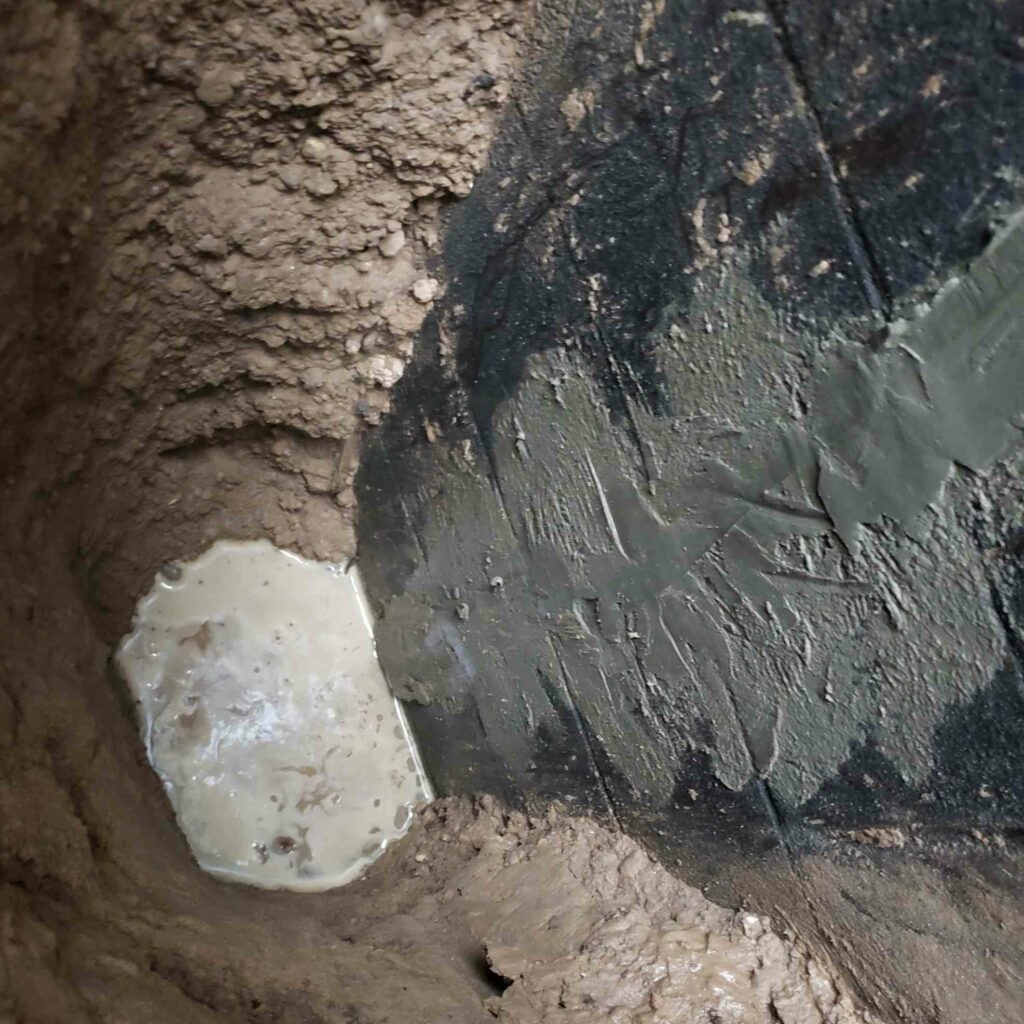

Are your basement floors and/or walls bowing, cracking, or sinking? The constantly changing climate conditions will cause havoc on your home; especially if they are old and worn out, or poorly constructed. High clay to soil content and harsh weather patterns, easily cause cracked and bulging foundations.
A variety of methods can be used to fix the issues, but tuck pointing, wall rebuilds, and wall reinforcements are the most common. Most repairs should be completed on the outside of the home but depending on the conditions of the home and severity of the issue, a fix on the inside would work as well.
As a homeowner, it is important for you to know the different types of cracks and what implications they have on your home, as well as the proper fix for them. By knowing what kind of foundation cracks have occurred, you will take the guesswork out of your foundation repair.
Vertical foundation cracks are a common site in many homes and are non-threatening. They’re usually caused by rains that exert pressure on the foundation or concrete tension in newly built homes. To seal them, water-resistant epoxy injection is applied to the cracks.
Horizontal cracks are a homeowner’s nightmare. These usually indicate serious structural problems, and often occur when the ground force strains the basement, causing it to bow inwards. Other causes include excessive back-filling, frost heave, and the impact of heavy equipment. Get in touch with H20 Drainage Systems and find out how the cracks will be repaired.
While not dangerous, diagonal cracks should not be left unchecked. Cracks of this type are caused by horizontal and vertical tension, which can cause serious structural problems in the home. They occur when sections of your home settle faster than others. They can be fixed like vertical cracks, however, the only the difference is that it requires more material to stop future movement.
Stair-step cracks are the most dangerous of all of the foundational cracks. They normally run in a diagonal line and assail concrete blocks and brick foundations. Cracks start in a joint or at the end of the wall then taper down or climb up; they are also caused by differential settlement.
Basement floor cracks are a common feature in cold-climate homes. Unlike other cracks, they only affect the look of the home, unless they widen to ½ inch or more. Contact H20 Drainage Systems to asses the damage and the best long-term fix
Are your basement floors and/or walls bowing, cracking, or sinking? A variety of methods can be used to fix the issues.
As a homeowner, it is important for you to know the different types of cracks and what implications they have on your home, as well as the proper fix for them.
Vertical foundation cracks are a common site in many homes and are non-threatening. To seal them, water-resistant epoxy injection is applied to the cracks.
Horizontal cracks usually indicate serious structural problems, and often occur when the ground force strains the basement, causing it to bow inwards.
While not dangerous, diagonal cracks should not be left unchecked. They occur when sections of your home settle faster than others.
Stair-step cracks are the most dangerous of all of the foundational cracks. They normally run in a diagonal line and assail concrete blocks and brick foundations.
Basement floor cracks are a common feature in cold-climate homes. Unlike other cracks, they only affect the look of the home, unless they widen to ½ inch or more.